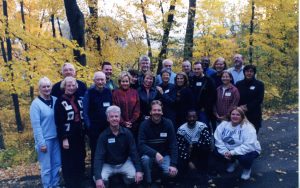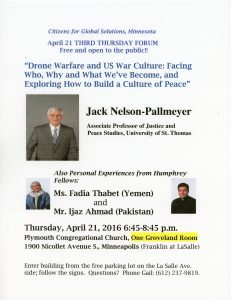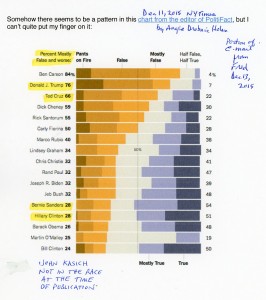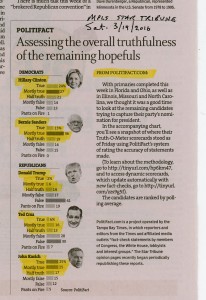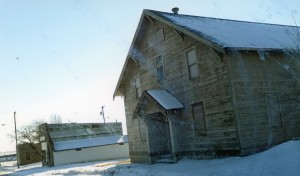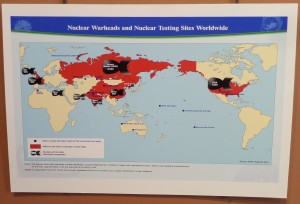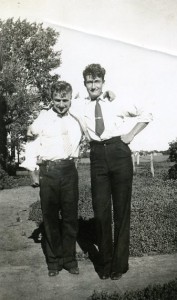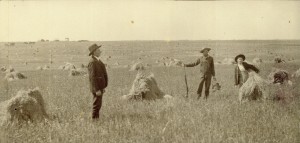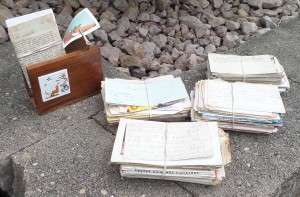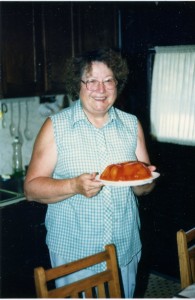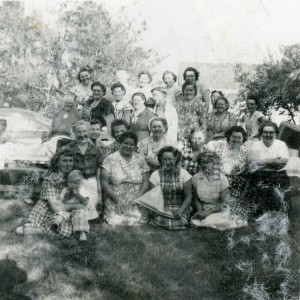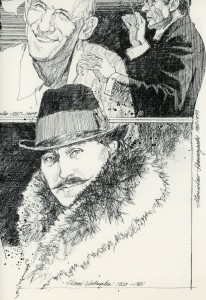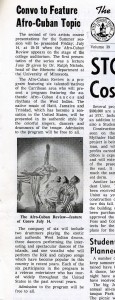#1140 – Dick Bernard: Dealing with Un-reason.
The early morning Just Above Sunset, “Dreams of Vengeance“, was another excellent analysis. The column is worth a weekend read.
Among the insights: In the recent “Brexit” election a crucial segment of the electorate who voted heavily to exit the European Union, was also a demographic which had the most to lose from Britain’s actually leaving the EU. Effectively, they seemed to have voted against their own self-interest.
The column also talks about the dismay of the American “middle class” – angry and frustrated, while at the same time seeming to dismiss the amazing recovery of this country from the very near economic collapse of 2001-2009, of which a disastrous Iraq war was one of the causative factors.
Mid-morning, I left for my daily duties, one of which, this day, was a little political “leaf-letting” for an area candidate for state representative. It was a very nice day; I did my duty; hardly anyone was at home (not unexpected, on 4th of July weekend.) Those I met were most pleasant.
Back at the local office, another person on the same assignment was reporting on a conversation with a couple of older people somewhere in our town, apparently Democrats, who were thinking seriously of voting Republican in November.
The reasoning went like this: The Republicans are more likely to keep them “safe”; and they didn’t trust Hillary Clinton….
There is no time to be wasted arguing with such people.
Consistently, Hillary gets high marks for being as honest and as open as it is possible for a politician with many years of public service to be, while her presumed opponent; Donald Trump, is such a pathological liar that even the media has gotten tired of even “fact-checking” him. Nothing he says can be trusted.
Still he seems to get, among a certain segment, higher marks than she in the “straight talk” area.
The apparent illogic, both in last weeks British vote, and right now in America, seems essentially to be the reverse of the quantifiable reality.
Emotions “trump” facts.
*
Today caused me to think of the periodic stampede of people to buy lottery tickets. The stampede to buy tickets increases as the odds against winning also increase.
It seems as if it is hardly worth losing one’s dollars if the prize is only $5,000,000; but once the prize is $500,000,000, and the odds against winning astronomically greater, people are falling all over themselves to buy losing tickets.
Rather than buy low and sell high, many seem to be addicted to buying high, and losing it all….
And the Donald Trumps of the world reap the financial rewards by doing the opposite: buy low and sell high.
As for feeling more “safe” with Republicans in charge, there seems a very serious short term memory problem.
Given that we are in what may seem, at least via the “news”, an “unsafe” world (what else would the news have to talk about without daily catastrophes?), we in this country, and even in the world, are living in a very safe time* in our history, and it is largely due to sound government policy and a notion, at least, that we are part of a global community.
There are great problems, to be sure, but against our own, and the world’s, deadly history, this is a pretty peaceful time, at least so far as “war” is concerned.
There is an amazing amnesia about the disastrous eight years following 9-11-01. Then, our nation was led on a misadventure that costs tens of thousands of lives – ours and Iraqis in particular – in the wake of 9-11-01. The refugee crisis, ISIS and all the rest flowed out of our Iraq War.
Financially, I was most apprehensive about the future of our economy in September, 2008, in the last months of the Bush presidency.
I made an effort to quantify the human cost of war to the U.S. some months ago, specifically as it related to Iraq and Afghanistan 2001 through the present. The results are here and speak for themselves:War Deaths U.S.002.
I also made an effort to get some reasonably accurate data about death-by-Drones, then, but was unsuccessful. Todays paper had an article about Drone casualties, which includes other sources of data. (The comments are interesting.)
Even using the highest estimates of civilian Drone deaths, the toll by Drones is a tiny fraction of those who died in the Iraq War.
There have been few “terrorist” (defined as such) incidents on our shores, but even these are dwarfed by other incidents of wanton killing, especially with guns.
Statistically, we are overwhelmingly more likely to die at the hands of some ordinary looking citizen, than by some certifiable “terrorist”*.
But, it seems, data (facts) don’t really make much difference when dealing with emotions.
The only antidote is work for a strong voter turnout in November, for candidates who care about the future of this country and the world of which we are a part.
* – The notable exception, and it is an important one, is that we in the U.S. are killing ourselves and our fellow citizens with guns at an alarming rate, well over 10,000 U.S. citizens every single year. Here’s one data source that seems credible.
COMMENTS: from Larry: Excellent piece. The real “fear” that Americans should have is masked by the outrageous rants of Donald Trump, the Republican nominee. What all of us should actually fear is his getting elected president of the most powerful country on the planet.
Fear mongering is Trump’s key campaign tactic. And he continues to express fear in a variety of ways, over and over again while providing no workable solutions to the problems he tells us to fear. As one of the most effective propagandists of all time said: “It would not be impossible to prove with sufficient repetition and a psychological understanding of the people concerned that a square is in fact a circle. They are mere words, and words can be molded until they clothe ideas and disguise.” That from Joseph Goebbels, a man who, in no small measure, helped the world’s worst narcissist (at least to that date) become the cruelest, most self-gratifying dictator in the world. The real fear Americans should have is not of Mrs. Clinton but of the kind of country we will become under another unmitigated ego-maniacal fool.

